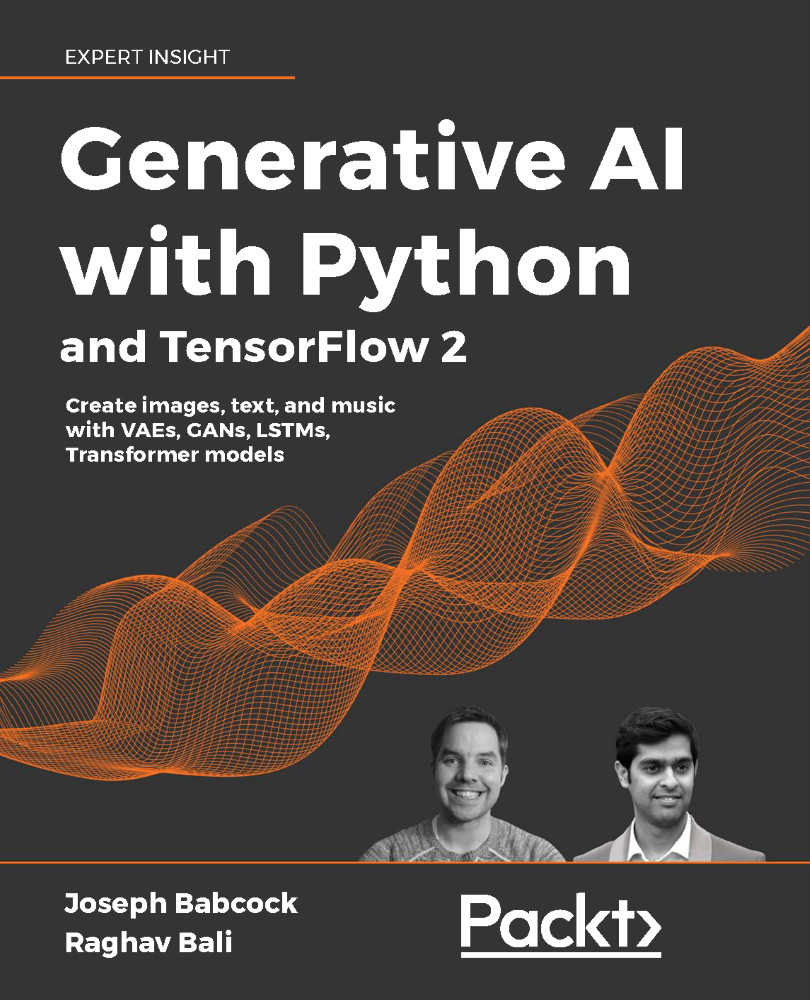References
- Abadi, Martín, et al. (2016) TensorFlow: Large-Scale Machine Learning on Heterogeneous Distributed Systems. arXiv:1603.04467. https://arxiv.org/abs/1603.04467.
- Google. TensorFlow. Retrieved April 26, 2021, from https://www.tensorflow.org/
- MATLAB, Natick, Massachusetts: The MathWorks Inc. https://www.mathworks.com/products/matlab.html
- Krizhevsky A., Sutskever I., & Hinton G E. ImageNet Classification with Deep Convolutional Neural Networks. https://papers.nips.cc/paper/4824-imagenet-classification-with-deepconvolutional-neural-networks.pdf
- Dean J., Ng A., (2012, Jun 26). Using large-scale brain simulations for machine learning and A.I.. Google | The Keyword. https://blog.google/technology/ai/using-large-scale-brain-simulations-for/
- Mnih, V., Kavukcuoglu, K., Silver, D., Graves, A., Antonoglou, I., Wierstra, D., Riedmiller, M. (2013). Playing Atari with Deep Reinforcement Learning. arXiv:1312.5602. https://arxiv.org/abs/1312.5602
- Silver D, Schrittwieser J, Simonyan K, Antonoglou I, Huang A, Guez A, Hubert T, Baker L, Lai M, Bolton A, Chen Y, Lillicrap T, Hui F, Sifre L, van den Driessche G, Graepel T, Hassabis D. (2017) Mastering the game of Go without human knowledge. Nature. 550(7676):354-359. https://pubmed.ncbi.nlm.nih.gov/29052630/
- Devlin, J., Chang, M. W., Lee, K., & Toutanova, K. (2018). Bert: Pre-training of deep bidirectional transformers for language understanding. arXiv:1810.04805. https://arxiv.org/abs/1810.04805
- Al-Rfou, R., et al. (2016). Theano: A Python framework for fast computation of mathematical expressions. arXiv. https://arxiv.org/pdf/1605.02688.pdf
- Collobert R., Kavukcuoglu K., & Farabet C. (2011). Torch7: A Matlab-like Environment for Machine Learning. http://ronan.collobert.com/pub/matos/2011_torch7_nipsw.pdf
- Abadi M., et al. (2015). TensorFlow: Large-Scale Machine Learning on Heterogeneous Distributed Systems. download.tensorflow.org/paper/whitepaper2015.pdf
- Abadi, Martín, et al. (2016) TensorFlow: Large-Scale Machine Learning on Heterogeneous Distributed Systems. arXiv:1603.04467. https://arxiv.org/abs/1603.04467
- Jouppi, N P, et al. (2017). In-Datacenter Performance Analysis of a Tensor Processing Unit. arXiv:1704.04760. https://arxiv.org/abs/1704.04760
- van Merriënboer, B., Bahdanau, D., Dumoulin, V., Serdyuk, D., Warde-Farley, D., Chorowski, J., Bengio, Y. (2015). Blocks and Fuel: Frameworks for deep learning. arXiv:1506.00619. https://arxiv.org/pdf/1506.00619.pdf
- https://stackoverflow.com/questions/57273888/keras-vs-TensorFlow-code-comparison-sources
- Harris M. (2016). Docker vs. Virtual Machine. Nvidia developer blog. https://developer.nvidia.com/blog/nvidia-docker-gpu-server-application-deployment-made-easy/vm_vs_docker/
- A visual play on words — the project's original code name was Seven of Nine, a Borg character from the series Star Trek: Voyager
- Kubernetes Components. (2021, March 18) Kubernetes. https://kubernetes.io/docs/concepts/overview/components/
- Pavlou C. (2019). An end-to-end ML pipeline on-prem: Notebooks & Kubeflow Pipelines on the new MiniKF. Medium | Kubeflow. https://medium.com/kubeflow/an-end-to-end-ml-pipeline-on-prem-notebooks-kubeflow-pipelines-on-the-new-minikf-33b7d8e9a836
- Vargo S. (2017). Managing Google Calendar with Terraform. HashiCorp. https://www.hashicorp.com/blog/managing-google-calendar-with-terraform













































































